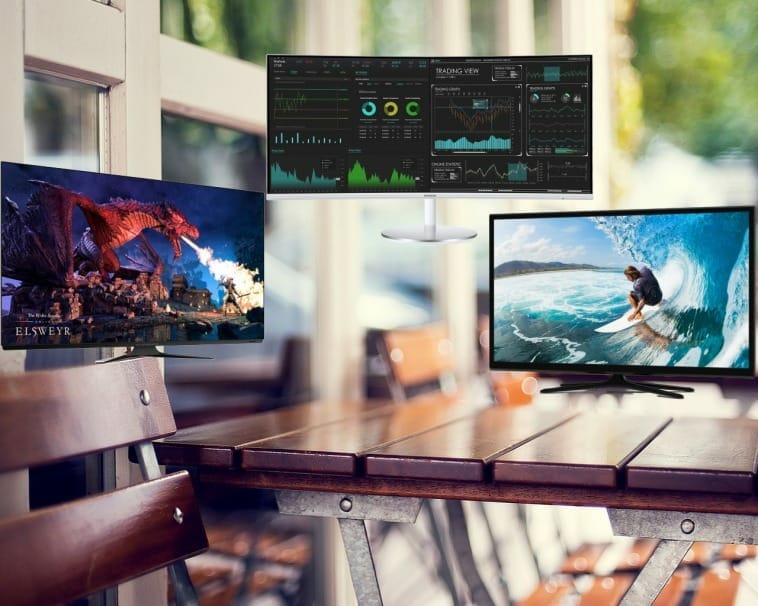OLED, LCD, and Plasma are three different display technologies used in televisions and other display devices. Each technology has its own advantages and disadvantages, and the choice of which one to use depends on the specific needs and preferences of the user.
OLED (Organic Light Emitting Diode) is a newer technology that has gained popularity in recent years due to its superior picture quality. OLED displays use organic materials that emit light when an electric current is applied, resulting in deeper blacks and more vibrant colors. OLED displays are also thinner and more flexible than LCD or Plasma displays, making them ideal for curved or flexible displays.
LCD (Liquid Crystal Display) is a more mature technology that has been around for many years. LCD displays use liquid crystal molecules that twist when an electric current is applied, allowing or blocking light to pass through. LCD displays tend to be more energy-efficient than Plasma displays, and can produce bright, sharp images with accurate colors. However, they tend to have a lower contrast ratio than OLED displays, resulting in less deep blacks.
Plasma displays use tiny cells filled with gas that are electrically charged to produce light. Plasma displays were once popular for their ability to produce deep blacks and high contrast ratios, but have largely been phased out in favor of OLED and LCD displays due to their high power consumption and tendency to suffer from burn-in, where static images are permanently etched into the screen.
In summary, OLED displays offer the best picture quality with deep blacks and vibrant colors, while LCD displays are more energy-efficient and can produce bright, accurate images. Plasma displays are no longer commonly used due to their high power consumption and burn-in issues. The choice of display technology depends on the specific needs and preferences of the user.
What’s an OLED TV?
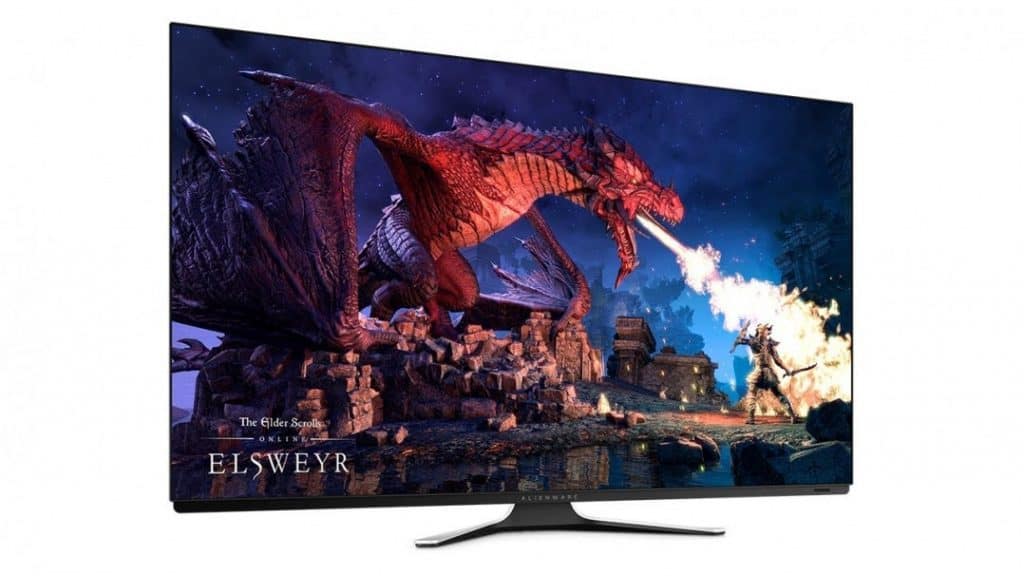
OLED refers to an organic light-emitting diode. It’s the newest kid on the block, and it’s also the most expensive. It’s unique because it is able to produce light on individual pixels. This means that the colour, brightness, and black levels are more controlled. And since it lights up individual pixels, you can expect that there is a better contrast ratio.
In fact, an OLED TV is said to have an “infinite” contrast ratio because it can control the brightness and darkness of each pixel. In other words, you can expect to see the true colours of each pixel instead of a washed out or a bright display.
However, the problem with OLED televisions is that they are very expensive and they aren’t perfect. They’re imperfect in a sense that their durability and longevity is not yet at par with either LCD and plasma screens. Sure, other manufacturers are making better models, but their quality is still up for discussion.
How About LCD TV?
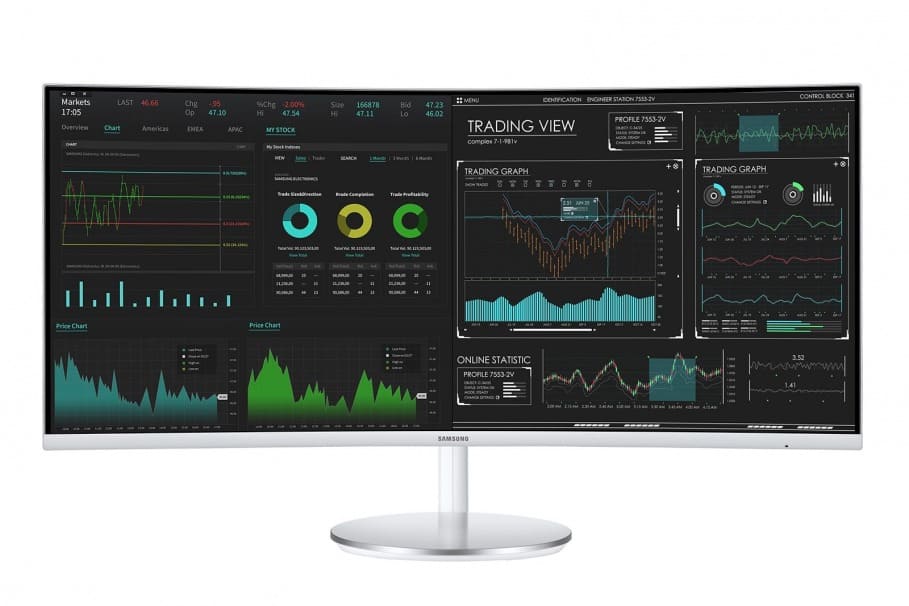
If OLED is hailed as a better version of the LCD TV, then it’s important to give a little spotlight to the latter. What’s an LCD TV by the way? Everyone knows about it, but what does it mean?
LCD TVs or liquid crystal display television refers to sets that have a light at the back of the screen. This backlight allows the colours to be seen by the user. Older LCD television sets used cold cathode fluorescent lamps (CCFL), but they’re already obsolete. What replaced CCFL is LEDs which are more efficient and thinner at the back of the TV screen.
LCDs are popular simply because they’re widely available and they come in different sizes. Even outside the television industry you hear LCD-this, LCD-that. Aside from phones, LCD screens are made available on kitchen appliances. Besides, LCD TVs are more affordable, and who wouldn’t want that?
What is a Plasma TV?
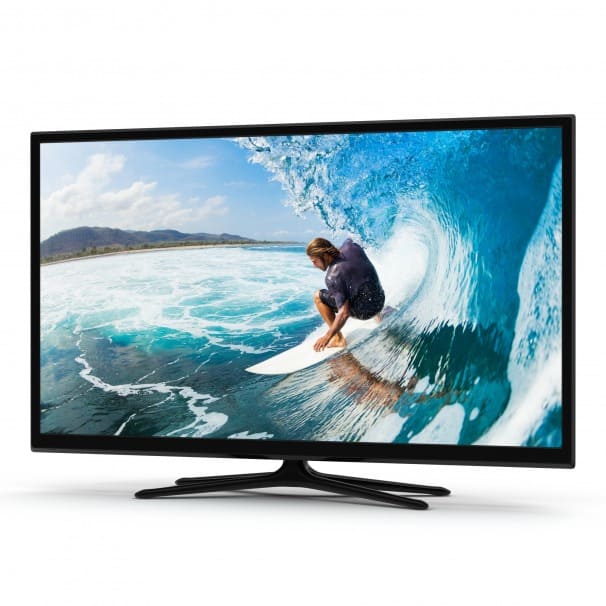
Although a dying breed in the television market, plasma TV is one of the highest quality screens you’ll ever see used in TVs. Their panel displays contain Plasma (hence, the name), and they are said to give away true black colours. In effect, you have an almost perfect picture quality.
Obviously, there’s a reason why Plasma is dying today. This is primarily because of the cost to make it. Plasma TVs are really expensive, and when the cheaper ones came to the market, there were already LCD television sets.
Which One Is Better?
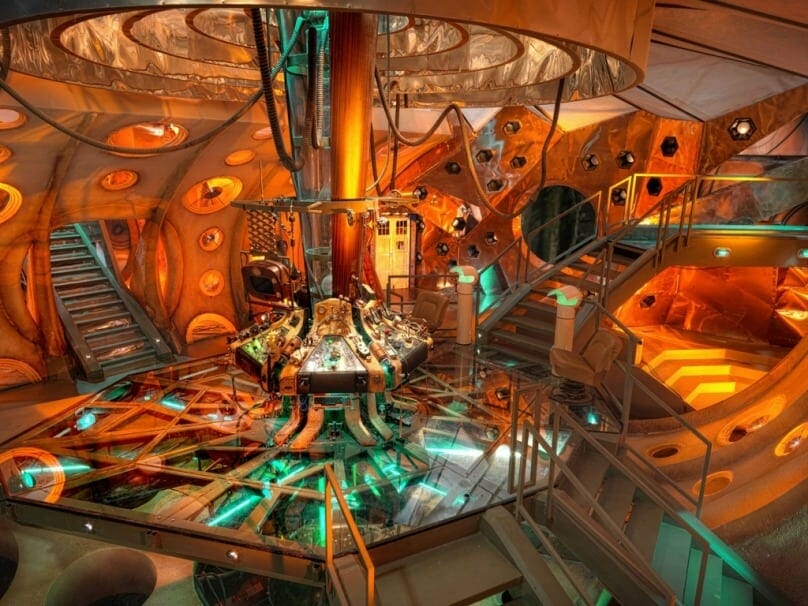
It all comes down to the question - which one is better? OLED television looks very impressive, but do they give the best picture quality? Are they the most affordable?
In reality, to be able to decide here, you need to have some factors to consider. It’s not just the one that’s cheaper these days. In fact, more and more people take into account other factors like brightness, contrast ratio, black levels, viewing angles, and energy consumption.
To help you decide, here’s a quick roundup of all the 6 factors (including price) to know which one is the best.
1. Price
Among the three, the most affordable one is the Plasma. When you compare the same size of a plasma TV to an LCD TV, Plasma still comes out as the cheapest. However, Plasma is not widely used today, and it is more economical to buy LCD simply because you can buy it anywhere. And when it comes to repairing, there’s no doubt that LCD TV has more service centres and repair shops.
2. Brightness
If you are looking for the brightest TV, then LCD is your best bet. Its brightness covers the whole screen compared to OLED that can only be brightest depending on the pixels. Of course, you have to consider where you will place your TV. An LCD TV can be brightest, but it will still produce glare if you place it by a light source.
3. Contrast Ratio
Contrast ratio refers to the ratio between the brightest and the darkest colours a screen can display. Since OLED has an infinite contrast ratio, there’s no doubt that it wins this round. It can quickly turn a pixel on and off for maximum brightness (or darkness).
4. Black Levels

Similar to the contrast ratio, the OLED TV has the best black levels because the light is pixel-specific. This means that it can turn the actual pixels off, producing a real black colour. Plasma can be a runner up in a sense that it can control their pixels, but the blackness of it is not a total black that you’d see on an OLED TV screen.
As for LCD TVs, to achieve the perfect black level, the backlight has to be turned off. Obviously, this is not an option because then the whole display would be turned off as well.
5. Viewing Angles
If you’re a big group sharing the TV, or you just have a large family who loves watching shows together, you need a screen with a wide viewing angle. The viewing angle shouldn’t also alter the colours of the display.
For this feature, Plasma wins above OLED and LCD. Even if you sit at the side, a plasma TV will have the same picture quality.
6. Energy consumption
And lastly, energy consumption. Nowadays, nobody wants an inefficient home appliance. It’s all about energy-saving now, and the TV with the least energy consumption (given the same size) is LCD. Take note that the LCD should also be using LED for it to be efficient.
There you have it! Hopefully, this has helped you decide what you should buy given the many TV screens available now.


